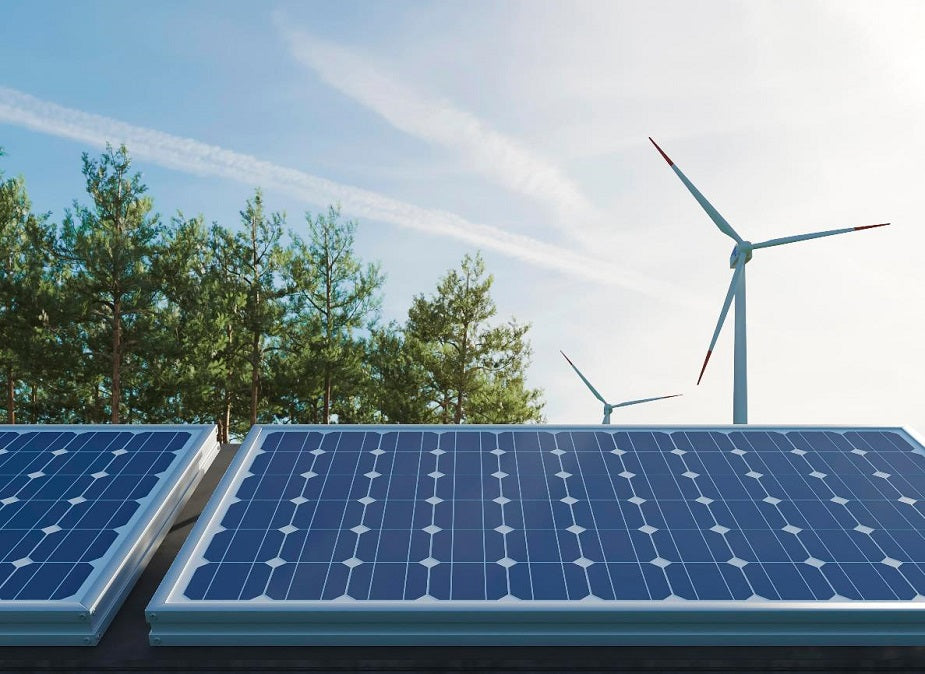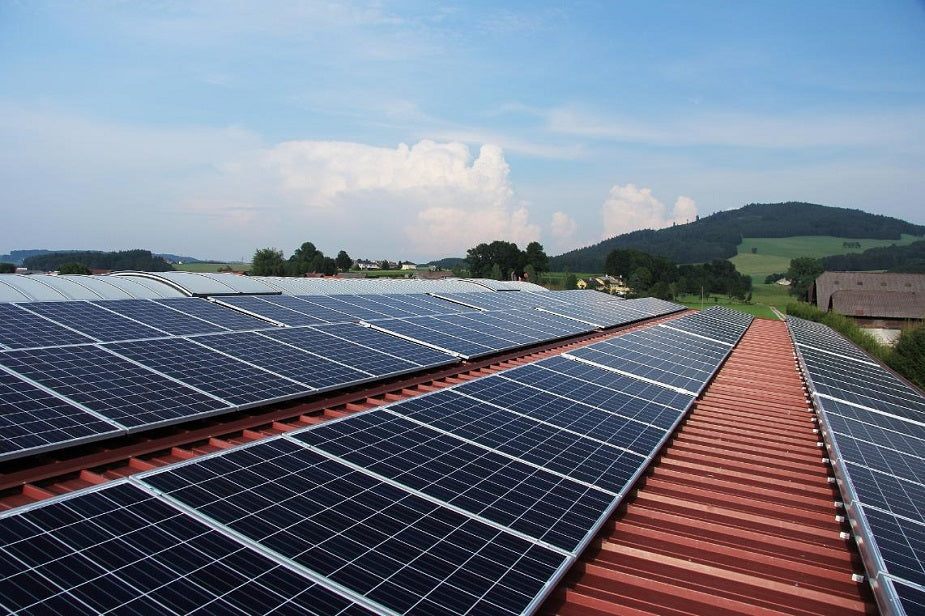Your cart is empty
Shop our products
The SEIA reports that the U.S. solar market installed a record 19.2 GWdc of solar capacity in 2020. A 43% increase over 2019 (despite the Covid-19 pandemic).
In August 2022, Congress passed an extension of the ITC, raising it to 30% for any solar panel installations made between 2022-2032. (Systems installed on or before December 31, 2019 are also eligible for a 30% tax credit.)
Why is this of any significance?
Well, the Federal Solar Tax Credit dramatically affects the overall final cost of your solar system.
In this article, we are going to discuss how much you can expect a solar system to cost, and how the Federal Solar Tax Credit works in your favour.
How Much Do Solar Panels Cost?
Generally speaking, cost calculations are generally made on a per watt basis in order to get a rough cost estimation on the total system size.
Below we have created a table thanks to data from EnergySage which shows you the rough cost of solar systems based on the state in which you live:
| STATE | SOLAR PANEL COST: 10 KW SYSTEM AVERAGE | AVERAGE COST PER WATT ($/W) |
|---|---|---|
| Arkansas | $28,400 | $2.84 |
| Arizona | $23,100 | $2.31 |
| California | $27,600 | $2.76 |
| Colorado | $33,600 | $3.36 |
| Connecticut | $31,000 | $3.10 |
| Washington D.C. | $33,200 | $3.32 |
| Delaware | $25,800 | $2.58 |
| Florida | $25,400 | $2.54 |
| Georgia | $32,700 | $3.27 |
| Iowa | $33,600 | $3.36 |
We even included a lovely interactive map which shows the cost per watt per state. Again, credit goes to Energy Sage.
Now, how much will a solar system cost after we deduct the new Federal Solar Tax Incentive?
To illustrate your savings we have made a new table below:
| STATE | SOLAR PANEL COST: 10 KW SYSTEM AVERAGE | AVERAGE COST PER WATT ($/W) | INCL SOLAR TAX REBATE 30% |
|---|---|---|---|
| Arkansas | $28,400 | $2.84 | $19,880 |
| Arizona | $23,100 | $2.31 | $16,170 |
| California | $27,600 | $2.76 | $19,320 |
| Colorado | $33,600 | $3.36 | $23,520 |
| Connecticut | $31,000 | $3.10 | $21,700 |
| Washington D.C. | $33,200 | $3.32 | $23,240 |
| Delaware | $25,800 | $2.58 | $18,060 |
| Florida | $25,400 | $2.54 | $17,780 |
| Georgia | $32,700 | $3.27 | $22,890 |
| Iowa | $33,600 | $3.36 | $23,520 |
As you can see, once we include the updated tax rebate of 30% you can save anywhere from $8,000 and above on your solar system.
This of course depends on your solar system size, as you can see in our table above, we included average costs for solar systems sized at 10 kW.
Most U.S. homes will be able to offset their energy consumption with a solar system sized at 10 kW.
Obviously the bigger your solar system, the more it is going to cost and vice versa for smaller solar systems.
Are Solar Systems Worth It In The U.S.?

Now with the updated tax rebate, solar panel installation is even more worth it. Electricity costs are high, especially in some states such as California and Hawaii.
Take a look at the average cost per kWh based on the state you live in below. (Please note the prices are in cents per kWh).
| State | Current Month $/kWh |
|---|---|
| Alaska | 24.01 |
| Alabama | 14.79 |
| Arkansas | 12.56 |
| Arizona | 13.21 |
| California | 28.98 |
| Colorado | 14.42 |
| Connecticut | 25.43 |
| District of Columbia | 13.74 |
| Delaware | 13.37 |
| Florida | 13.9 |
| Georgia | 15.27 |
| Hawaii | 44.09 |
| Iowa | 14.98 |
| Idaho | 11.38 |
| Illinois | 16.79 |
| Indiana | 14.81 |
| Kansas | 14.52 |
| Kentucky | 13.13 |
| Louisiana | 12.79 |
| Massachusetts | 25.2 |
| Maryland | 14.67 |
| Maine | 24.22 |
| Michigan | 18.11 |
| Minnesota | 15 |
| Missouri | 14.07 |
| Mississippi | 12.64 |
| Montana | 11.61 |
| North Carolina | 11.83 |
| North Dakota | 13.11 |
| Nebraska | 11.6 |
| New Hampshire | 22.72 |
| New Jersey | 17.27 |
| New Mexico | 14.14 |
| Nevada | 13.18 |
| New York | 22.38 |
| Ohio | 14.33 |
| Oklahoma | 13.16 |
| Oregon | 11.79 |
| Pennsylvania | 16.51 |
| Rhode Island | 23.63 |
| South Carolina | 14.21 |
| South Dakota | 13.31 |
| Tennessee | 12.35 |
| Texas | 13.3 |
| Utah | 11.24 |
| Virginia | 13.53 |
| Vermont | 20.47 |
| Washington | 10.49 |
| Wisconsin | 16.15 |
| West Virginia | 13.76 |
| Wyoming | 11.75 |
With the above information you can work out your rough monthly cost on electricity, all you need to know is how much electricity you use per month.
The U.S. average is around 900 kWh a month.
Let's assume you live in California and use 900 kWh a month. That equates to 900 x $0,2898 = $260,82 per month spent on electricity.
This adds up to roughly $3,129 per year.
If you were to install a solar system that offset your energy consumption by 100% you would affectively be saving $260,82 per month.
Taking into account how long solar system last (upwards of 25 years). You could expect to save a total amount of $78,225. Using one our charts above we can see a 10 kW solar system in California would cost us $19,320.
Therefore, our actual savings would be $78,225 - $19,320 = $58,905.
Final thoughts
Based on all the rough data above, we would go as far to say as yes, solar systems are definitely worth installing in 2022 and the upcoming years.
The earlier you invest, the earlier you'll see a return on your investment. And not only that, you will offset your home's carbon footprint, which in actual fact is much more important than total USD saved.
Shop products from this article
You May Also Like

What Does a 30% Federal Solar Tax Credit Mean and How to Apply?
Governments around the world are offering programs that encourage homeowners to switch to solar energy. Among the most notable programs is the 30% Federal Solar Tax Credit. It reduces your...

Deadly Flooding Devastates U.S. South and Midwest — What You Need to Know





















































































































































































































































